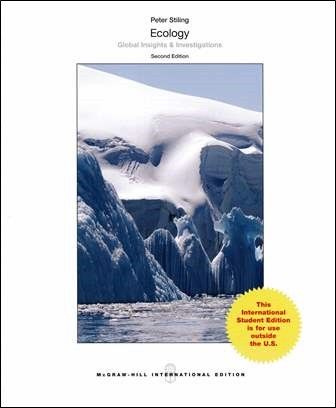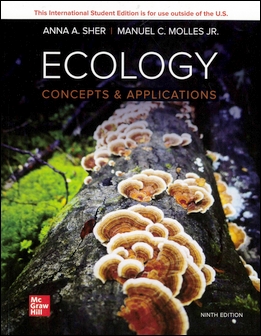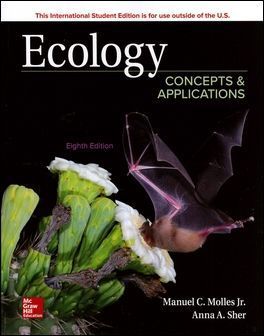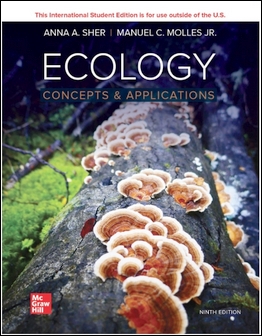書籍分類

Ecology Global Insights and Investigations 2/e
作者:Peter Stiling
原價:NT$ 1,250
ISBN:9781259252310
版次:2
年份:2015
出版商:McGraw-Hill
頁數/規格:640頁/平裝彩色
版次:2
年份:2015
出版商:McGraw-Hill
頁數/規格:640頁/平裝彩色
內容介紹 本書特色 目錄 作者介紹
- Description
With a focus on global change, Peter Stiling's Ecology integrates modern content with an un-paralleled media package. Instructors who adopt Ecology by Peter Stiling will for the first time have access to a text that integrates basic ecology principles with issues such as global warming, invasive species, and pollution. No other ecology text on the market offers this unique approach, coupled with the power of Connect.
- Features
- The book is structured around seven sections that represent the core ecological disciplines:
- Organismal Ecology
- Physiological Ecology
- Population Ecology
- Species Interactions
- Community Ecology
- Biomes
- Ecosystems Ecology
- The book's main goal is to teach the basic principles of ecology and to relate these principles to many of the Earth's ecological challenges, of which there are many.
- Each chapter contains a “Global Insight” feature which highlights how such global change is important in all areas of ecology, from behavior to ecosystems.
- Each chapter begins with an outline consisting of the main section heading contained within each chapter. These headings are written in the form of an ecological statement which summarises the material within each section.
- A “Feature Investigation” in most chapters outlines a hypothesis being tested, the methods researchers use to perform their studies, the data they collected and the conclusions they reached. Some of these Feature Investigations are classic studies; others contain cutting-edge research and techniques.
- Chapters are built around the art.
- Important ecological terms are boldface.
-
Each chapter ends with a unique summary that specifically links each main concept with its corresponding piece(s) of art. There are 10 multiple choice self-test questions with answers that can be accessed online at the book's web-site. There are also 3a€“5 broader conceptual questions that require essay answers of a paragraph or longer. All these questions refer to material that is explained within the textbook.
To highlight the importance of understanding graphs, images, or observations, most chapters also include a “Data Analysis” question that provides data sets and asks the student to analyse the data and provide an explanation or conclusion. - One of the main changes to Ecology: Global Insights & Investigations 2e, has been to simplify some of the more difficult concepts that students found challenging, such as population growth and diversity indices. The author's overall goal has been to make the material more accessible to students, therefore more explanatory captions have been included on the art work and subsection headings have been added to the summaries.
-
NEW! McGraw-Hill LearnSmart ™
McGraw-Hill LearnSmart ™ is an online diagnostic learning system that determines the level of student knowledge, and feeds the students suitable content for their ecology course. Students learn faster and study more effectively. As a student works within the system, LearnSmart devel-ops a personal learning path adapted to what the student has learned and retained. LearnSmart is able to recommend additional study resources to help the student master topics. This innovative and outstanding study tool also has features for instructors where they can see exactly what stu-dents have accomplished, and a built-in assessment tool for graded assignments.
- Table of Contents
1 An Introduction to Ecology
2 Populations Genetics
3 Natural Selection, Speciation and Extinction
4 Behavioral Ecology
5 Temperature
6 Water
7 Nutrients
8 Demographic Techniques and Population Patterns
9 Life Tables and Demography
10 Population Growth
11 Competition and Coexistence
12 Facilitation
13 Predation
14 Herbivory
15 Parasitism
16 Population Regulation
17 Species Diversity
18 Species Richness Patterns
19 Species Richness and Community Services
20 Succession
21 Island Biogeography
22 Terrestrial Biomes
23 Marine Biomes
24 Freshwater Biomes
25 Food Webs and Energy Flow
26 Biomass Production
27 Biogeochemical Cycles
- Peter Stiling, University of South Florida - Tampa





